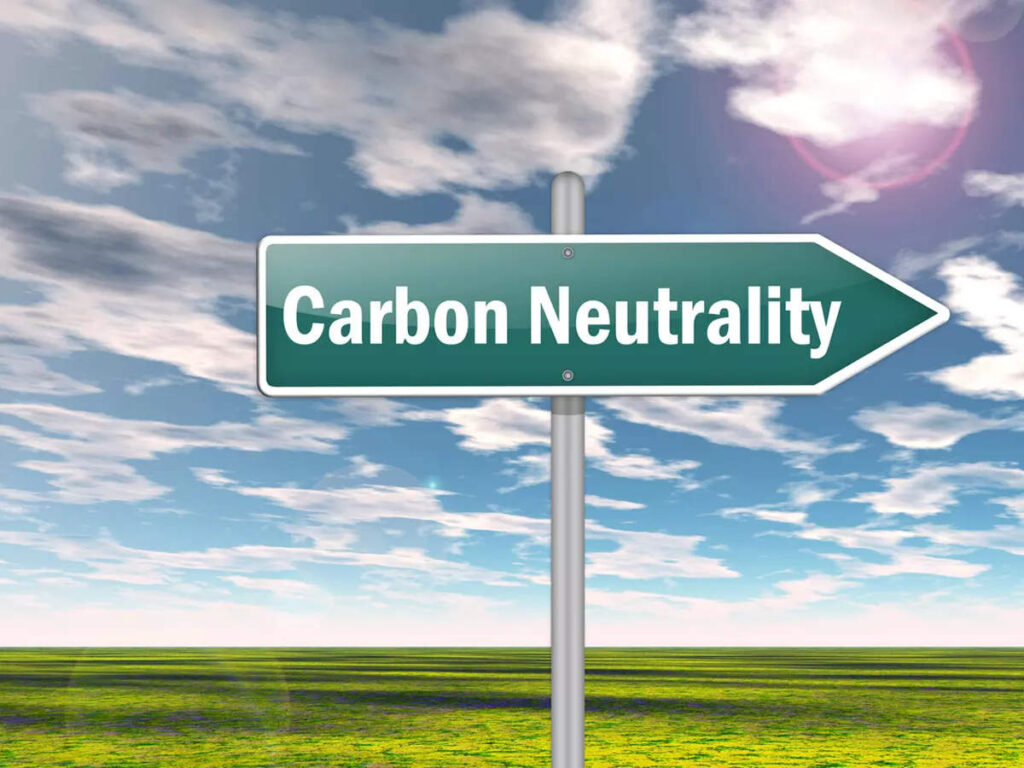Achieving environmental equilibrium, particularly in the context of carbon neutrality, stands as one of the paramount challenges of modern society. As the world grapples with the pressing realities of climate change, the imperative to reduce carbon emissions and strive for balance with our environment becomes increasingly urgent. The path to carbon neutrality encompasses multifaceted approaches, spanning from individual lifestyle changes to systemic shifts in industries and policies. At the heart of achieving carbon neutrality lies the transition to renewable energy sources. Fossil fuels, the primary drivers of carbon emissions, must be gradually phased out in favor of sustainable alternatives such as solar, wind, and hydroelectric power. Investing in renewable energy infrastructure not only reduces greenhouse gas emissions but also fosters energy independence and resilience in the face of climate-related disruptions. Moreover, enhancing energy efficiency across sectors is pivotal in curbing carbon emissions. From buildings to transportation, implementing energy-efficient technologies and practices can significantly reduce energy consumption and mitigate environmental impact.

Retrofitting buildings with insulation, employing energy-efficient appliances, and promoting public transportation and electric vehicles are instrumental steps in this direction. In tandem with transitioning to renewable energy and improving energy efficiency, carbon offsetting initiatives play a crucial role in achieving carbon neutrality. Mowa carbon neutral initiatives involve activities such as afforestation, reforestation, and carbon capture and storage, which effectively remove carbon dioxide from the atmosphere or prevent its release. By balancing residual emissions with carbon sequestration efforts, individuals, businesses, and governments can achieve net-zero carbon emissions and contribute to environmental equilibrium. Furthermore, fostering sustainable practices in agriculture and land use is indispensable in the journey towards carbon neutrality. Adopting regenerative agricultural techniques, restoring degraded lands, and preserving natural ecosystems are essential for sequestering carbon and preserving biodiversity. Sustainable land management not only mitigates carbon emissions but also enhances ecosystem resilience and supports food security in the face of climate change. In addition to technological and systemic solutions, individual actions and behavioral changes are pivotal in achieving carbon neutrality.
From reducing meat consumption to minimizing waste and embracing circular economy principles, individuals can significantly lower their carbon footprint and contribute to environmental sustainability. Educating and empowering individuals to make informed choices and adopt sustainable lifestyles are critical components of achieving environmental equilibrium. Moreover, fostering collaboration and collective action on a global scale is imperative in addressing the challenges of climate change and achieving carbon neutrality. International cooperation, multilateral agreements, and shared commitments are essential for driving systemic change and accelerating the transition to a low-carbon economy. By working together across borders and sectors, the global community can overcome barriers, leverage resources, and unlock innovative solutions to combat climate change effectively. Achieving carbon neutrality and environmental equilibrium requires a concerted effort and a comprehensive approach that encompasses technological innovation, systemic transformation, individual action, and global collaboration. By transitioning to renewable energy, enhancing energy efficiency, offsetting carbon emissions, promoting sustainable practices, and fostering collective action, modern society can pave the way towards a more sustainable and resilient future.
